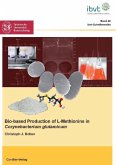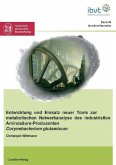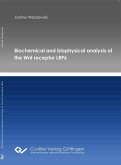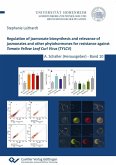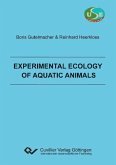Polyamides, due to their extreme durability and strength, are important industrial polymers used e.g. in the automotive industry or in high-value consumer products. Their production from petrochemically derived monomers suffers from the shortage of fossil fuels, rising oil prices, escalating CO2 production as well as low eco-efficiency. Most valuable alternatives are biotechnological processes from renewable resources for the production. Thereby, 1,5 diaminopentane is a promising monomer building block for completely bio-based polyamides like PA 5.4 or PA 5.10. In a first proof of concept, the product spectrum of Corynebacterium glutamicum was broadened towards the novel non-natural product diaminopentane by heterologous expression of an Escherichia coli lysine decarboxylase. An important criterion for the successful implementation of such bio-processes is their economic competitiveness with conventional techniques, demanding for efficient microbial production strains. In this work, synthetic metabolic engineering was applied to create an industrial C. glutamicum diaminopentane-producing strain with excellent production properties in a well-defined genomic context. Computational genome-scale modeling was used to investigate the metabolic properties of the bacterium in silico and to predict concepts for global strain design. By introduction of the identified beneficial genetic targets, the metabolism of the C. glutamicum wild type was systematically modified following the key-characteristics required for optimal production: (i) enhancement of the biosynthetic capacity of diaminopentane from its building blocks, (ii) improved supply of the carbon building blocks, (iii) reduced withdrawal of carbon for competing reactions, (iv) engineering of cellular transport, and (v) improved co-factor supply. For strain characterization, state-of-the-art omics technologies were applied. Thereby, metabolomics led to the discovery and subsequent identification of the so far unknown by-product N-acetyl-diaminopentane, transcriptomics enabled the identification of novel targets for enhancing the production properties, and fluxomics was applied to gain a detailed insight into the physiology of the constructed mutants. The final engineered C. glutamicum strain, carrying a set of 16 stable genomic modifications, achieved a remarkable diaminopentane yield of 41 % in shake flasks on glucose minimal medium. The production performance of the rational designed strain was also investigated under industrial conditions in a fed-batch fermentation on glucose based complex medium. In this process, the hyper-producer exhibited a final diaminopentane.2 HCl titer of 150 g L 1 after 50 h, a constant diaminopentane yield of 50 %, and a maximum productivity of 3.8 g L h-1 in the feed-phase, a benchmark in the bio-based production of novel polymers. Concluding, this work marks a milestone towards biotechnological processes for the production of building blocks for bio-based and high-value added polyamides, one of the most important industrial polymers used worldwide.
Dieser Download kann aus rechtlichen Gründen nur mit Rechnungsadresse in A, B, BG, CY, CZ, D, DK, EW, E, FIN, F, GR, HR, H, IRL, I, LT, L, LR, M, NL, PL, P, R, S, SLO, SK ausgeliefert werden.




